The Sustainable Electronics Initiative (SEI), a project of ISTC, is pleased to announce that the collaborative electronics repair center, the Illini Gadget Garage, will be open over the summer to assist “test pilots” with troubleshooting and repair for your small electronics and appliances with electronic components. Open hours for the summer are:
- Tuesdays 11 AM – 2 PM
- Wednesdays 5 PM – 8 PM
- Fridays 12 PM – 3 PM
The Illini Gadget Garage is housed within the Illinois Natural History Survey Storage Building #3 (SB3); see this Google Map for directions.
Since SB3 is not yet ADA compliant, the space is open only so student staff and volunteers can work with “test pilots” –those who do not require accommodations for accessibility–so that they can gain experience with working with members of the public on troubleshooting and repair. If you require accommodation and would like to work with the Gadget Garage to repair a device, please email staff at illinigadgetgarage@gmail.com to arrange for an appointment in another accessible public space.
We will also be hosting “pop-up clinics” in accessible spaces around campus to better serve the community until our physical location has been renovated for accessibility. Be sure to follow the Gadget Garage on Facebook or Twitter to see announcements of pop-up clinics. If your department, RSO, or residence hall would like to host a pop-up clinic, please fill out our form to indicate your interest.
Whether you’re stopping by SB3 during open hours, or attending a pop-up clinic, you might want to take a few minutes to fill out our diagnostic form. This provides staff with some basic information about your device and the issues you’re experiencing, so they can do a little research ahead of time, hopefully making your one-on-one time more productive.
Whether you’re a student on campus for research or summer classes, or a faculty or staff member that enjoys tinkering, we hope you’ll consider volunteering with us! If you’re interested, fill out our contact form. If you’re technically inclined, your expertise can benefit others in our community! If you’re not at all technically inclined, but interested in sustainability and can help out with social media, networking, writing blogs or resource guides, etc., then you should also consider volunteering. The Gadget Garage is NOT just a project for techies! We want to empower everyone to feel comfortable with maintenance and repair of their devices, and to use and dispose of electronics more responsibly. So join us in this effort!




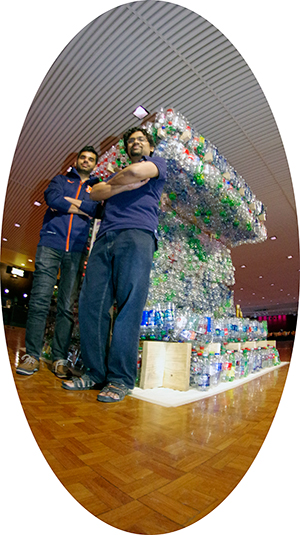
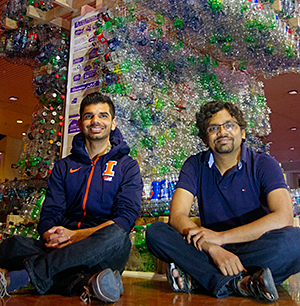






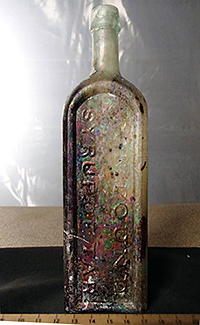
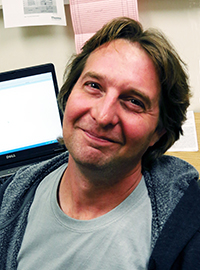
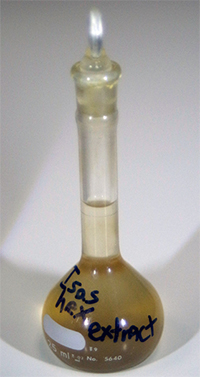


 Registration is now open for the 2016
Registration is now open for the 2016 
